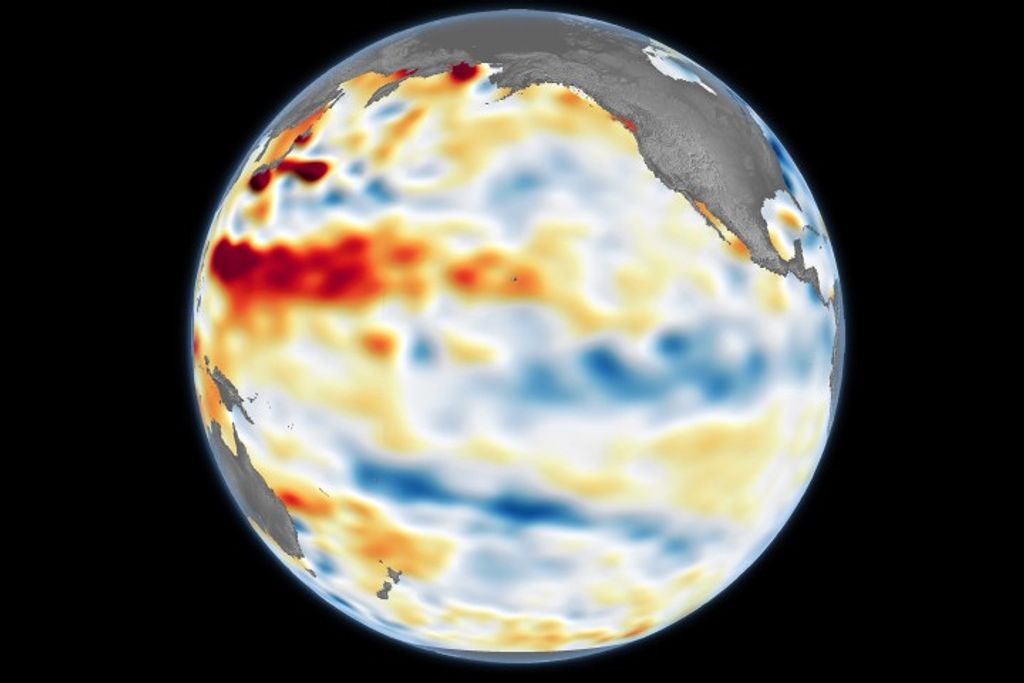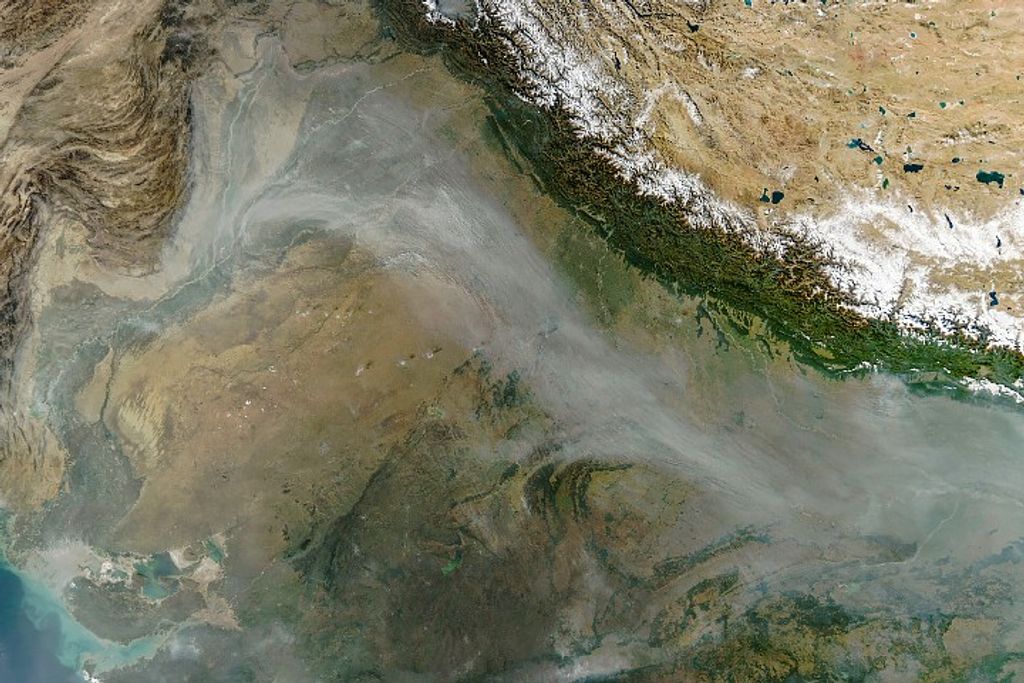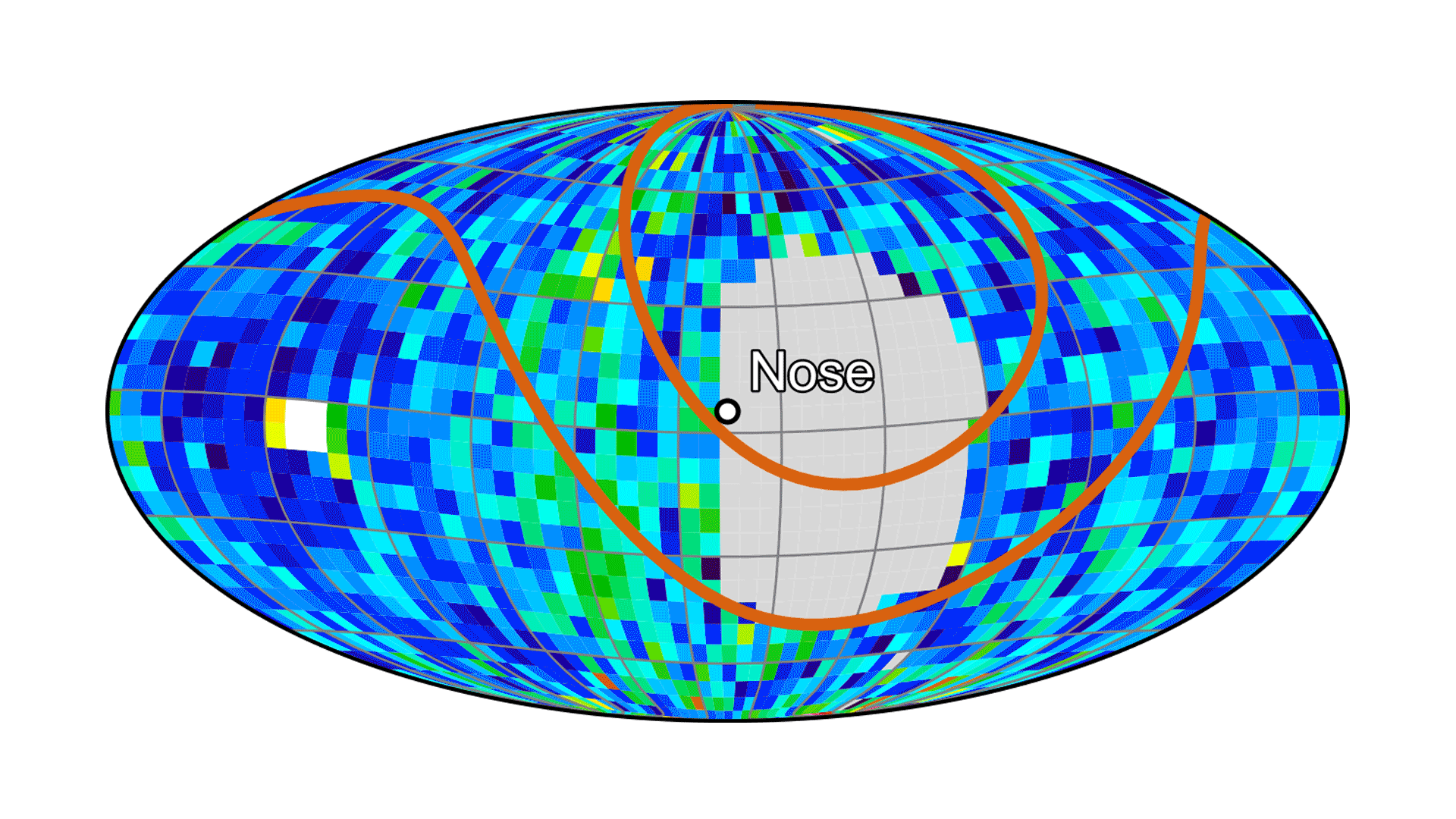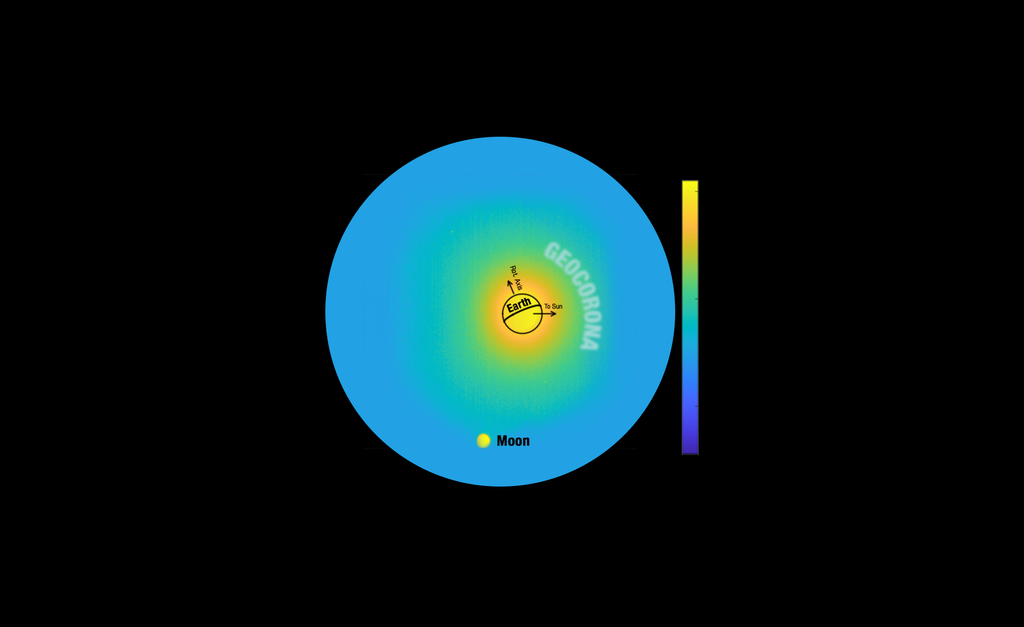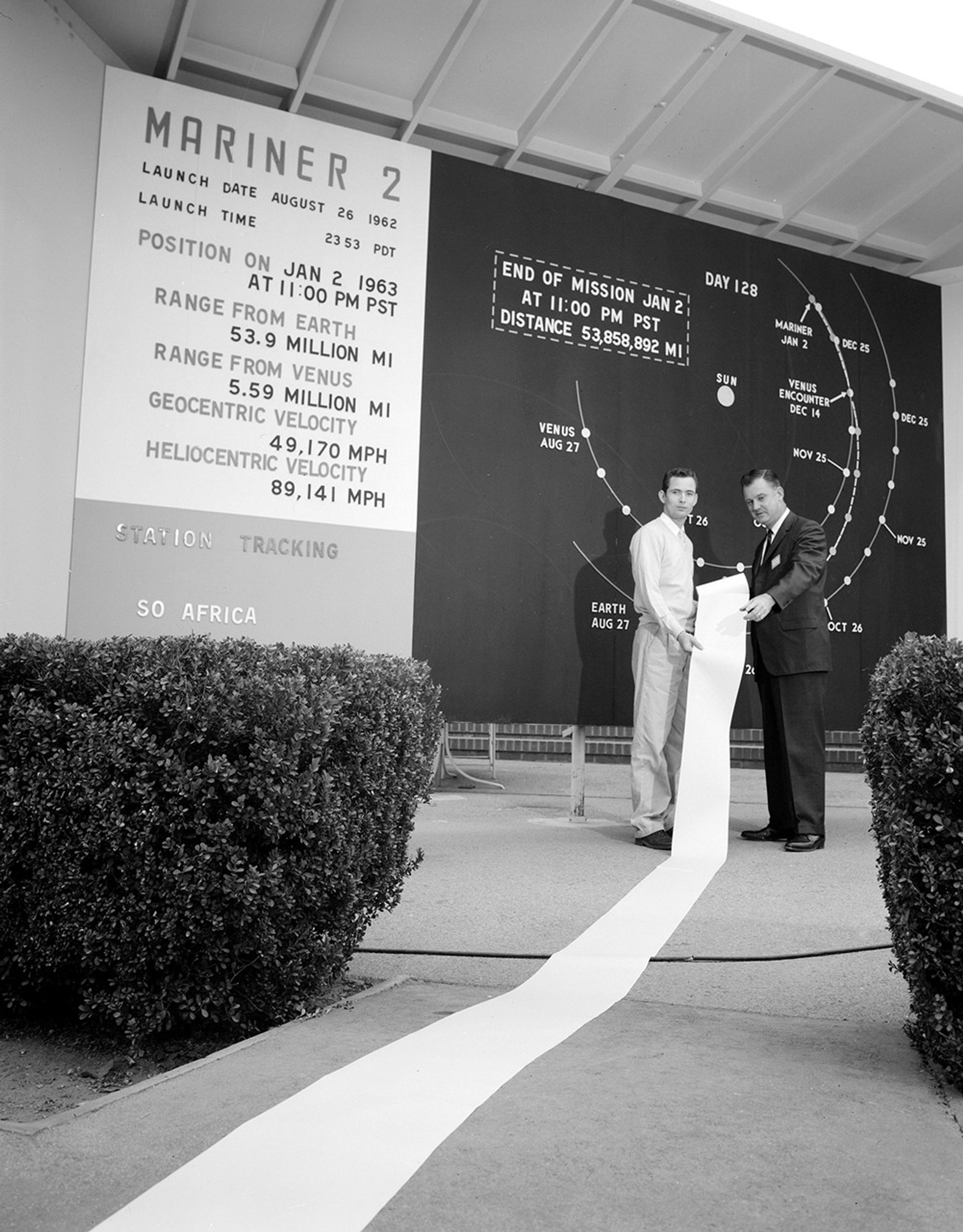Mariner 2: First to Explore Another Planet
| Credit | NASA/JPL-Caltech |
|---|---|
| Language |
|
A printout of Mariner 2 data sent back from Venus during the first-ever close visit to another planet.
Mariner 2 flew by Venus on Dec. 14, 1962, becoming the world's first successful interplanetary spacecraft.
In addition to being the first spacecraft to cruise interplanetary space, it also measured solar wind for the first time. This elusive stream of charged particles emanating from the Sun could hold keys to the formation of the universe. Mariner 2's legacy paved the way for NASA's Genesis spacecraft, currently on its way to gather particles of the solar wind and bring them back to Earth for research.
With its cosmic dust detector, the spacecraft also measured interplanetary dust and found that it was not as plentiful in space as scientists had expected. Mariner 2 also identified several brief solar flares and cosmic rays from outside the solar system.
The microwave and infrared radiometers allowed Mariner 2 to effectively "see" through the multitude of clouds that cover Venus' surface. It revealed a hostile, hot environment made up mostly of carbon dioxide.









